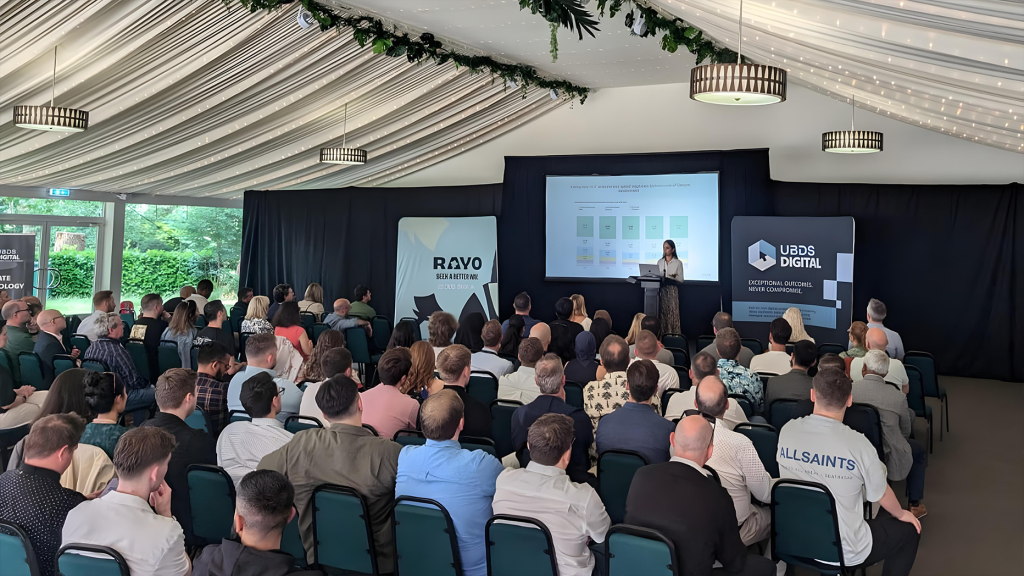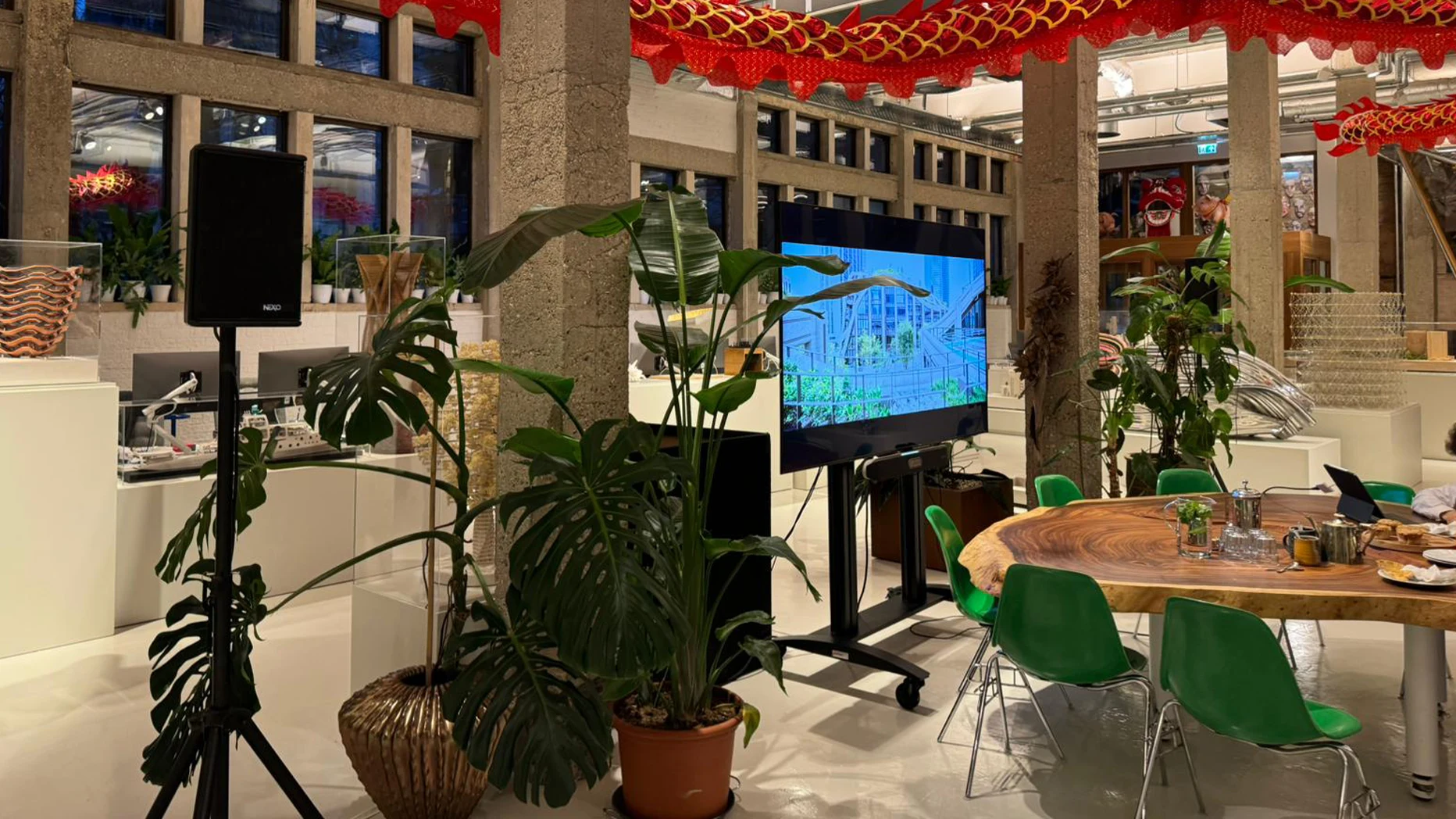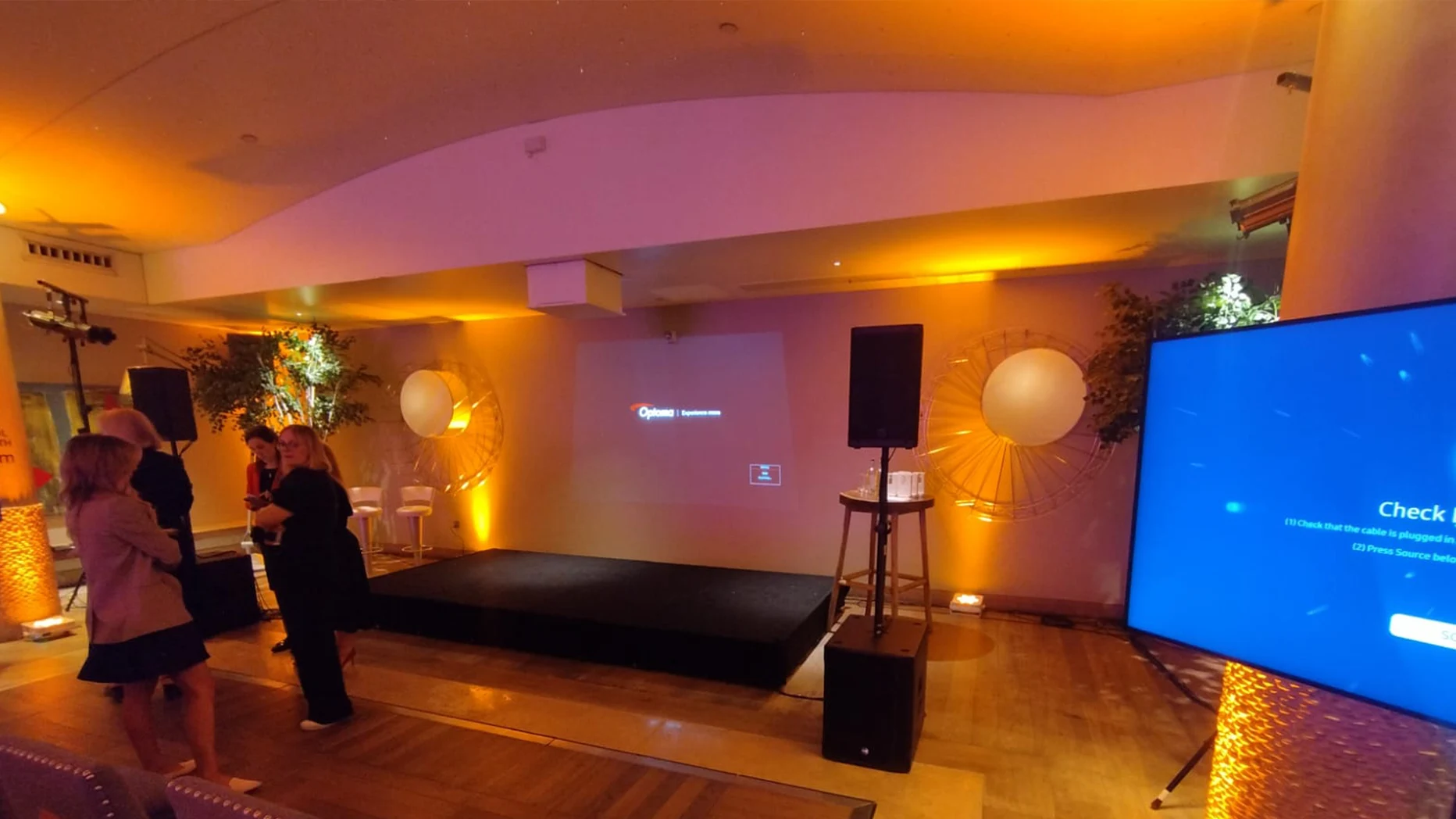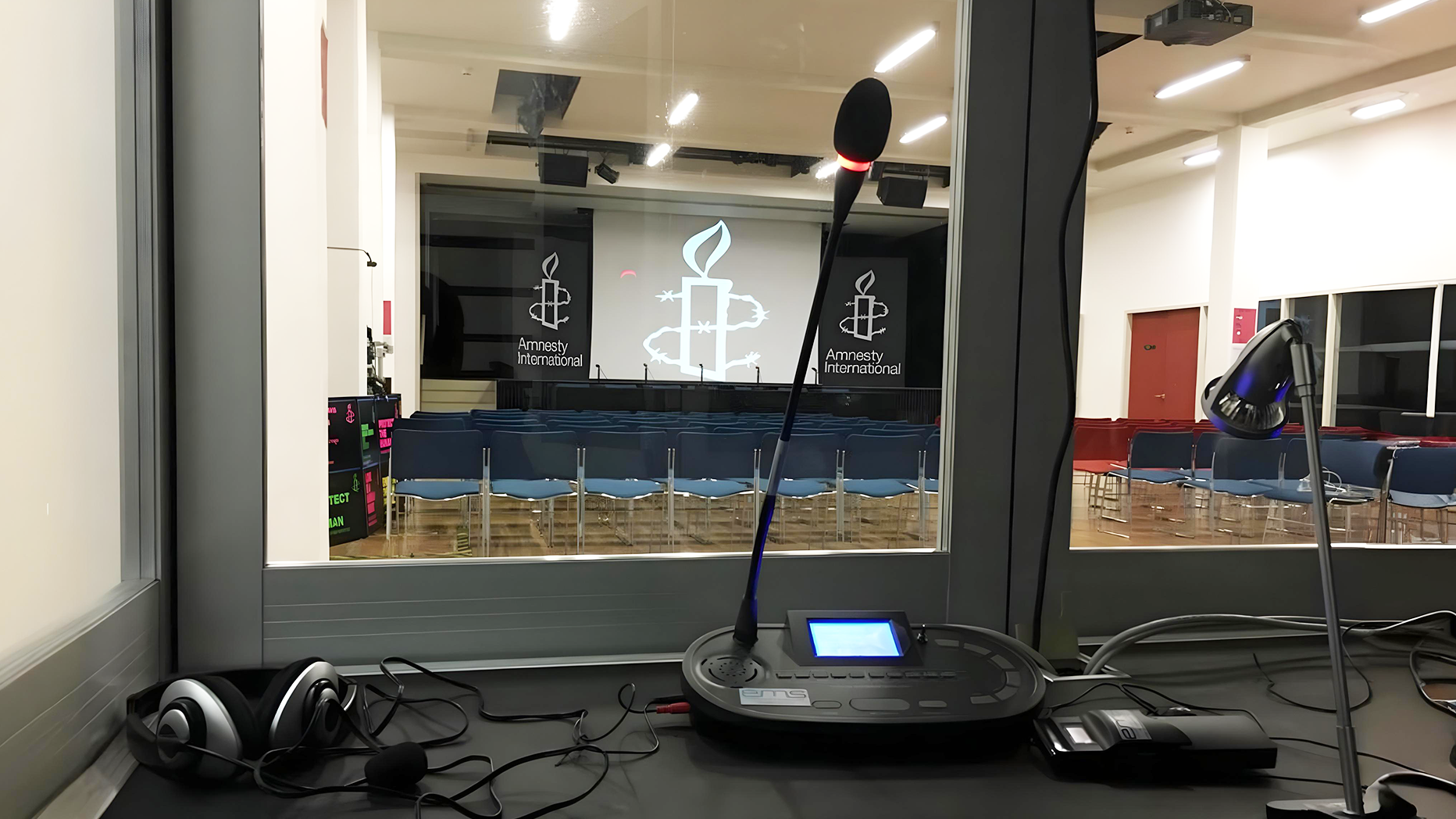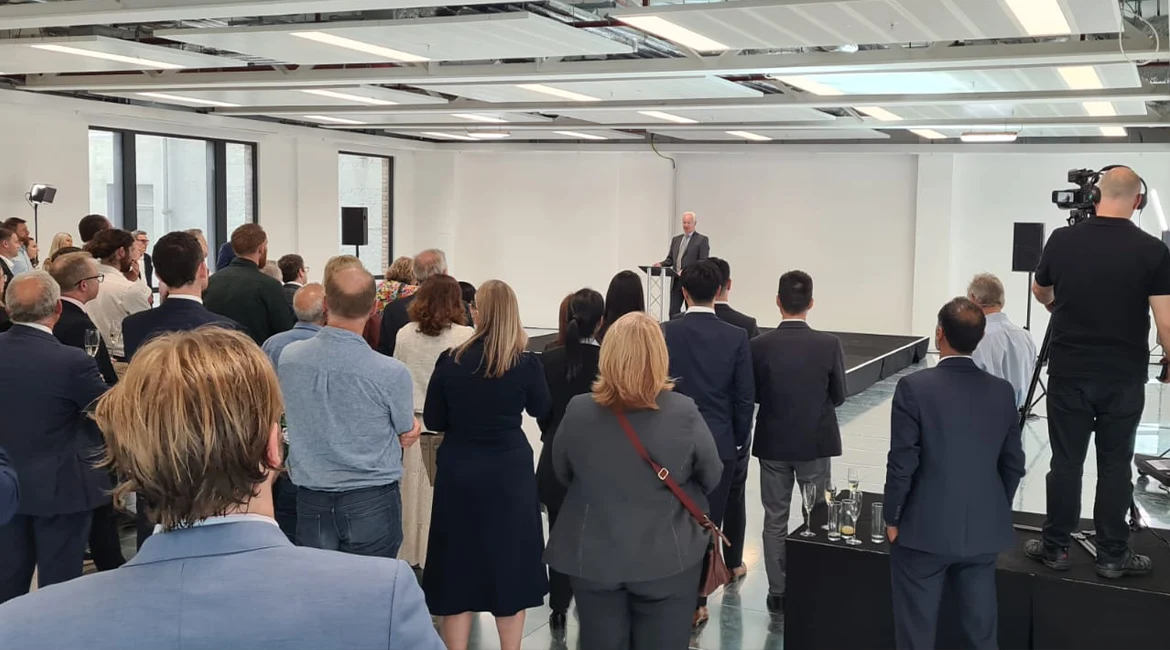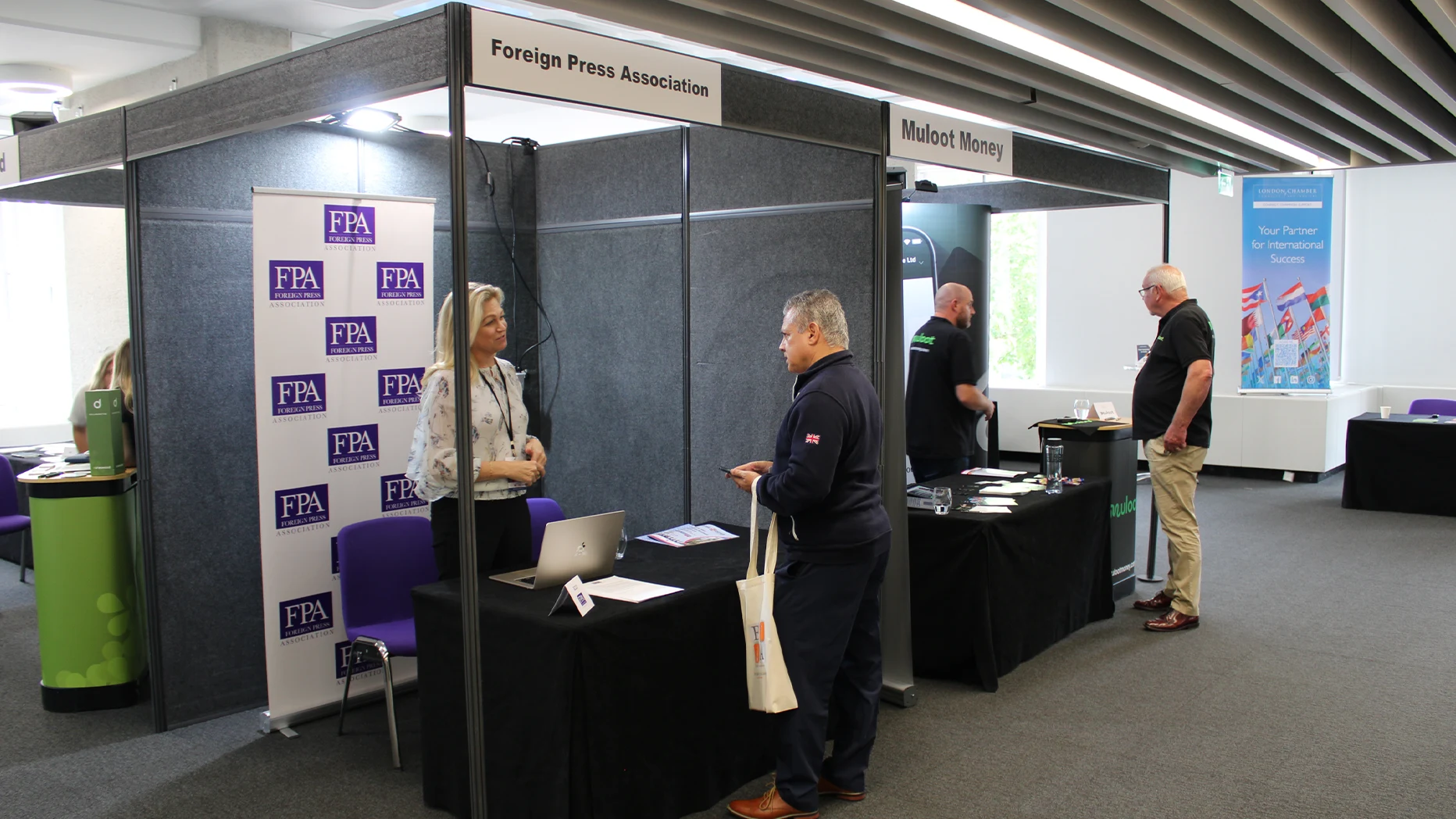When the stage is big, your screen needs to be bigger and smarter. At large-scale conferences, your LED wall isn’t just a screen… It’s the focal point. It’s where your keynote speakers shine, your brand visuals pop, and your audience keeps their eyes locked.
But getting it right isn’t just about size; it’s about strategy.
Too high, and the back row misses half the show. Too low, and the front row feels like they’re in the front seat of a cinema.
Wrong resolution? Your slick presentation turns pixelated. These are the little setup details that can make or break the entire experience.
Here we’ll discuss some insider tips for setting up LED walls that work with your space, from placement and brightness to screen type and support.
Why LED walls are essential for conferences
LED walls are more than just flashy displays. They’re central to:
- Delivering clear presentations.
- Enhancing branding and stage design.
- Running real-time video feeds.
- Showcasing sponsors and ads.
- Creating immersive visual experiences.
But despite their benefits, they can be tricky to get right, especially in large venues. Blurry content, poor positioning, and low resolution are common pitfalls. That’s why understanding the setup process is so important.
Tip 1. Choose the right pixel pitch
Pixel pitch refers to the distance between two LED pixels. The smaller the pitch, the higher the resolution.
In large venues, your audience may be seated far from the screen. Choosing the correct pixel pitch based on viewing distance ensures everyone can clearly see what’s being shown.
Recommended pixel pitches:
| Pixel Pitch | Best For | Viewing Distance |
| P1.5 – P2.0 | Indoor events with close viewers | Up to 6 m (20 ft) |
| P2.5 – P3.9 | Most conference venues | 8–12 m (25–40 ft) |
| P4.0+ | Outdoor or very large venues | 15 m+ (50 ft+) |
If you’re unsure, companies like AV Productions in London can help you choose the most effective option based on venue specs.
Tip 2. Pick the right size and aspect ratio
Too large, and the LED wall dominates the stage. Too small, and attendees at the back won’t get value from the visuals.
Here’s what to consider:
- Audience size: Larger crowds require larger displays.
- Stage size: Your screen should integrate smoothly into your stage design.
- Aspect ratio: Standard formats are 16:9, but ultra-wide screens (like 32:9) are popular for panoramic visuals.
A general rule: For a 2.5 mm pitch screen, place it at least 8 m (25 ft) from the audience for optimal viewing quality.
Tip 3. Adjust brightness based on the environment
Lighting in the room or venue plays a major role in LED screen visibility. The wrong brightness level can wash out visuals or strain attendees’ eyes.
General brightness recommendations:
- Indoor venues: 800–1,200 nits.
- Semi-outdoor or well-lit rooms: 1,500–2,000 nits.
- Outdoor use: 2,500+ nits.
If the screen doesn’t offer automatic brightness adjustments, be sure to test the display in the actual lighting conditions before the event starts.
Tip 4. Plan the rigging and structure carefully
A common LED wall failure isn’t in the screen; it’s in the setup. Improper rigging can cause delays or even safety risks.
Key things to consider:
- Use professional truss systems or rigging solutions.
- Confirm weight limits for stages and floors.
- Avoid glare from spotlights or ambient light.
- Use weather protection for outdoor displays.
Some LED wall hire companies, such as AV Productions, provide in-house rigging and certified technicians to ensure safe installation and full compliance with health and safety standards.
Tip 5. Format your content correctly
The display is only half the equation; content must also be designed for LED walls. Standard slide decks often look out of place or distorted if not optimised.
Tips for content formatting:
- Match the design resolution to the screen’s resolution.
- Use bold fonts and high-contrast colours.
- Avoid small text or fine lines near the edges.
- Test all videos and animations ahead of time.
Also, brief your presenters or design team early. Many content issues can be avoided with good planning and screen specs from the start.
Tip 6. Sync video and audio accurately
For live sessions or pre-recorded footage, audio and visuals must stay in sync. A delay between what attendees hear and what they see can break the experience.
Checklist for smooth AV sync:
- Ensure signal flow is tested across all connected systems.
- Confirm lip-sync timing for live camera feeds.
- Align speakers and microphones near the LED screen for directional clarity.
This is especially important when your screen and audio setup come from different vendors. Coordinating between providers or choosing a company that offers both AV services can help avoid these problems.
Tip 7. Schedule a full technical rehearsal
Testing the LED wall on the day of the event is not enough. You should conduct a full technical rehearsal, ideally the day before or at least a few hours before attendees arrive.
What to test:
- Power and signal connections.
- Pixel clarity and uniformity.
- Content playback.
- Brightness adjustments.
- Audio-visual sync.
- Camera feeds and live switching (if used).
This rehearsal is your safety net. Don’t skip it.
Tip 8. Avoid these common mistakes
Event experienced planners can overlook simple details. Here are common errors to avoid:
- Selecting pixel pitch based only on price.
- Placing screens too high or too low.
- Ignoring ambient lighting effects.
- Using poorly formatted or outdated content.
- Forgetting to test systems together before the event.
By avoiding these issues, you reduce the chance of last-minute disruptions.
Let your visuals speak for your brand
A properly set-up LED wall can transform your event, making presentations clearer, branding stronger, and content more immersive. But getting it right takes more than just ordering a screen. It requires planning, coordination, and technical know-how.
For large-scale events across the UK, working with experienced providers like AV Productions ensures you receive not just high-quality equipment but also expert advice, on-site setup, and full technical support.
Don’t leave your visuals to chance. Contact AV Productions to discuss your event needs and get a tailored solution that ensures your LED display is a highlight, not a headache.
FAQs
What is the best pixel pitch for LED walls at conferences?
The ideal pixel pitch depends on viewing distance. For most indoor conferences, a pixel pitch between P2.0 and P2.5 offers a good balance of resolution and clarity for audiences seated 6–9 m away (20–30 ft).
How do I choose the right LED wall size for my event?
Consider your audience size, venue dimensions, and screen placement. The larger the venue and the further the viewing distance, the bigger the LED wall should be. Always match your screen’s resolution with its size to avoid stretched or blurry visuals.
Can LED wall hire companies help with setup and technical support?
Yes, companies like AV Productions in London offer complete services, from screen rental and rigging to on-site technical setup, ensuring your LED wall is installed safely and performs flawlessly during the event.
